15 Famous Characters We Didn’t Know Were Inspired by Real People

In the northeast of Thailand, a family of enormous stone whales swims through the forest. These aren’t real whales, of course, they’re actually a part of a 75-million-year-old rock formation. A long time ago, this part of Thailand was just a desert. The movements of the earth’s crust pushed sandstone up to create these fascinating mountains.
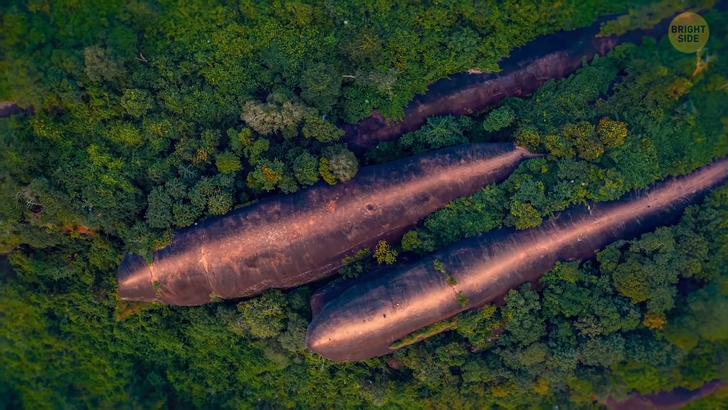
Reachable by anyone willing to spend the day hiking up the network of trails, this landmark is becoming increasingly popular with tourists. Once you reach the back of one of the whales and look down on the endless sea of green below, you’ll know why.
On these hikes, you’ll find waterfalls, a wide variety of exotic plants and animals and from the very top, you can even look straight across to the neighboring country of Laos. Their shapes look just like whales swimming together! No wonder this place is called Three whale rocks! What a way to see Thailand — on the back of a giant stone whale!
While digging in a Canadian mine in March 2011, a worker made a shocking discovery! They found a near-perfectly preserved Nodosaur specimen! This extinct dinosaur weighed in at around 3,000 pounds (1,360 kg) and grew to 18 feet (5.5 m) long. Despite being over 110 million years old, the Nodosaur was so well-preserved that you can clearly see the heavy body armor and scaly skin that covered it.
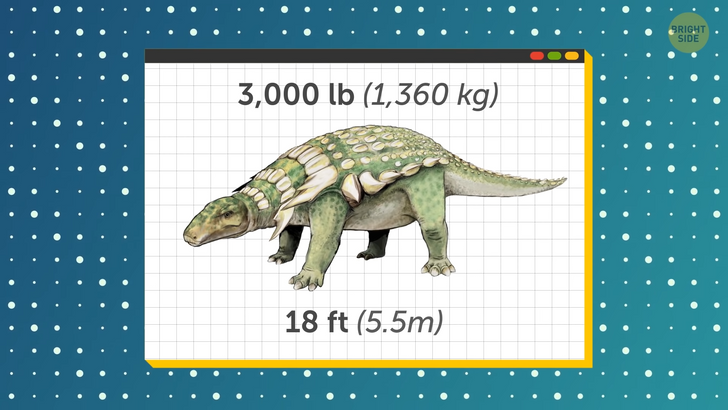
It took almost an entire year of painstaking work to uncover the incredible find. The fossil was finally unveiled in a Canadian museum, in 2017. Unexpectedly, analysis of the skin showed shading that the Nodosaur may have been capable of camouflage, like modern-day geckos and moths. This is in addition to the spines and scales that already make it a walking tank. Still being studied today, this Nodosaur could go down as one of the most important fossils discovered in a long time. Its detail could help us to uncover even more of the mysteries of the past.
The Voynich manuscript is the world’s most mysterious document. Since its discovery in 1912, the manuscript has been a complete mystery to everyone that comes across it. It is heavily illustrated with strange pictures of alien plants, unknown objects, and the zodiac symbols but the most interesting aspect of it is the writing. The language used in the text is completely indecipherable. No one knows what it says, who wrote it, or where it was written.
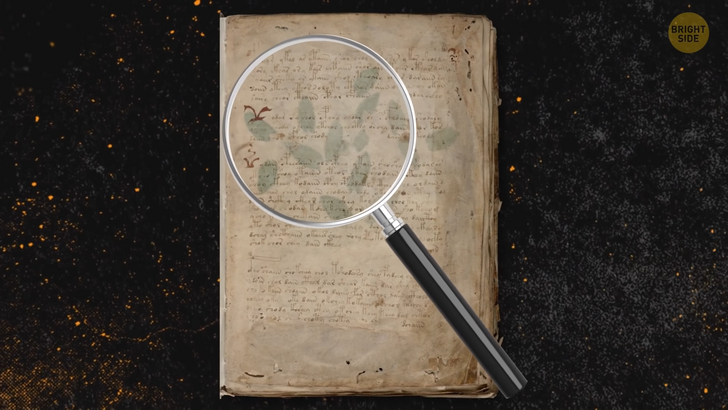
We don’t even know if it was a real, functional language or if it was just created for this one text. The drawings of different plants are equally intriguing. Most of the plants in the manuscript are identifiable as plants, but they don’t match up with any known species. A professor of applied linguistics in England claimed to have deciphered some of the characters in the book, but we haven’t managed to uncover any more information about this mysterious text.
If you’re ever going to head down under, don’t forget to pay a visit to the Mystery Craters in Queensland! Halfway between Bundaberg and Gin Gin, is one of Australia’s most baffling finds—and that’s saying quite a lot for Oz! In 1971, the site belonged to a farmer growing zucchini and potatoes. As the farmer tried to expand his farm, he kept hitting large rocks in the fields while plowing!
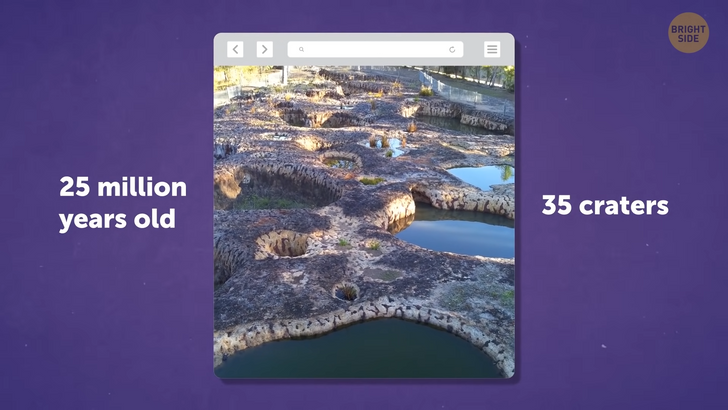
When he took a closer look at the rocks in his way, he found marine fossils and some strange craters. The farmer passed his finds on to geology professors, who set out to research the formations. When the geologists began digging around the area, they uncovered a huge layer of sandstone and ochre stain that was completely covered with craters.
There were 35 craters in total and the layer of rock is estimated to be around 25 million years old. The scientists studying this mystery believe that hot springs, former ocean activity, and meteors are the prime suspects behind the craters. And I’d like to know about the characters who named those towns Bundaberg and Gin Gin. What fun names!
Now, the Antikythera Mechanism is an ancient computer of sorts, that’s still baffling scientists with its extraordinary design! Around 2000 years ago, a Greek ship sank off the coast of the island of Antikythera. The wreckage was discovered in 1900 and divers salvaged some of its ancient artifacts.
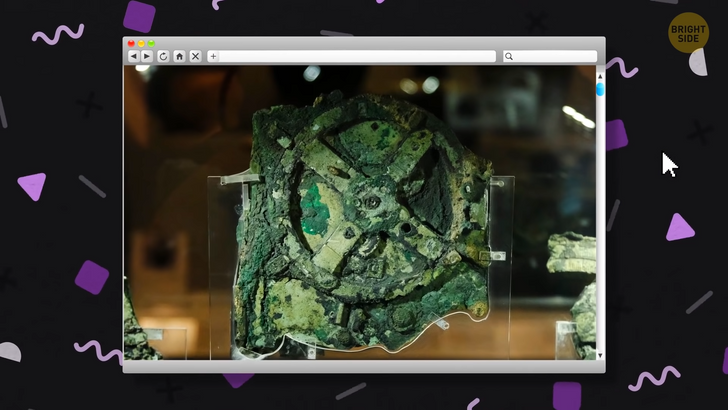
When archaeologists started sorting out the discoveries from the wreckage, they came across an object that didn’t seem to fit with anything else. The wreckage was ancient, but they found an incredible device that seemed far too technologically advanced. The machine functioned as a calculator, allowing its user to follow time, the movements of stars, eclipses, moon phases, and even countdowns to events like the Olympics with amazing precision. This level of technology is almost impossible to explain coming from an ancient Greek wreckage.
No mechanism would come close to the machine until the 14th century when geared clocks began to be built in Europe. How was the device created so long ago, 1,400 years before its time? Could the sinking of the Antikythera and the loss of the calculator have held the development of technology back by hundreds of years?
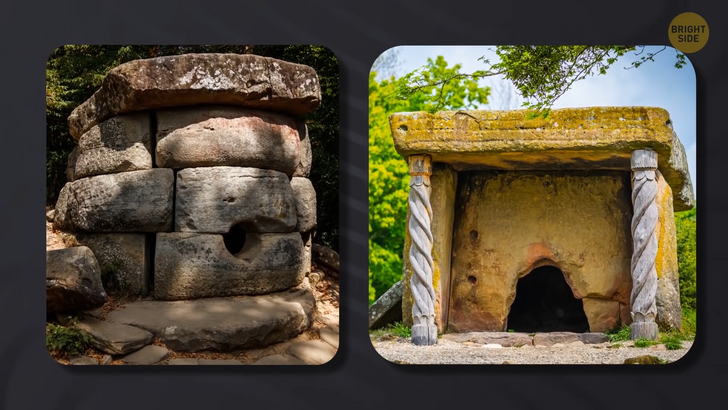
Meanwhile, the Caucasus Mountains near the Black Sea, are one of the few areas of Europe that haven’t experienced much human impact. Even though most white-skinned people in the world are referred to as Caucasians? Despite this, archaeologists have found many ancient megalithic structures in the area. The house-like structures—known as dolmens contain jewelry, bronze tools, and assorted pottery. Archaeologists don’t know who built them, why they’ve built them, or what their true purpose is!
The stones were either two stones held together by a large stone as a roof, or smaller stones stacked as walls with a hole only on one side. There have even been stone plugs found to seal whatever is inside! What’s even stranger about these stone formations, is that they aren’t just found in the caucuses. They’re found all over the planet, in Australia, South Korea, Columbia, Africa, and even France.
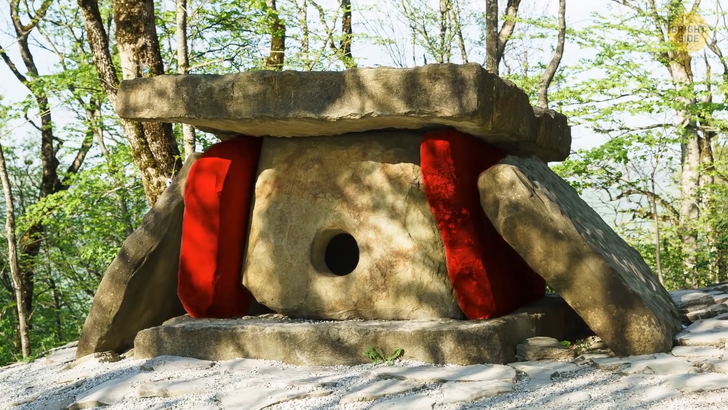
Their purpose is unknown, so all scientists can do is speculate. The discovery of the tomb of the first emperor of China in 1974 is well documented, who could forget the finding of 8,000 terracotta warriors protecting the entrance? Most of the statues are warriors, each with their own unique facial expressions! There are even full-size terracotta horses and chariots too, just for extra protection.
What isn’t well known is that some areas of the tomb haven’t ever been entered yet. Archaeologists are very reluctant to open the site because the whole area is unstable. There might be something amazing inside but no one wants to risk losing an amazing piece of history.
Eventually, researchers will send tiny robots into the unopened tombs to give a better idea of what’s inside. Until then, Archaeologists have to wait a little bit longer for the secrets. In southern Costa Rica, people have discovered a collection of mysterious stone spheres. There are over 300 scattered around the landscape, and some are almost 7 feet (2.1 m) across. No one knows their purpose or how they were produced! One thing we do know is the material they were made from — gabbro, a volcanic rock.
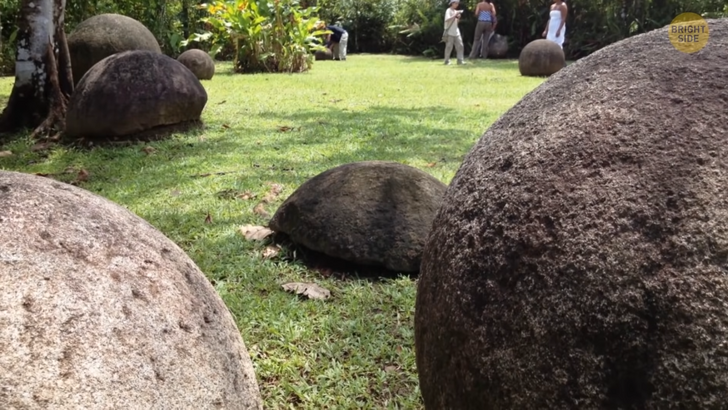
Carving the stones into their perfect spherical shapes would’ve taken a lot of time and effort. Researchers think they might have been made by a now-extinct group, using barely any tools. The best theory is that they used small stones to chisel away at the edges of boulders, before using sand to smooth the sides. Some think that they have an astronomical purpose or are even used as markers to point the way toward something, but no one knows anymore. Their significance is lost with the civilization that created them!
Off the southern tip of Japan, and 75 miles (120 km) from Taiwan, lies the Yonaguni formation. A local diver first noticed these formations in 1986, while searching for new dive sites to take tourists. Seeing the large steps that resembled a Pyramid, he thought he’d discovered an underwater city! Some archaeologists believe that the structures could have been signs of a fabled Pacific civilization, like Atlantis, that vanished beneath the waves thousands of years ago.
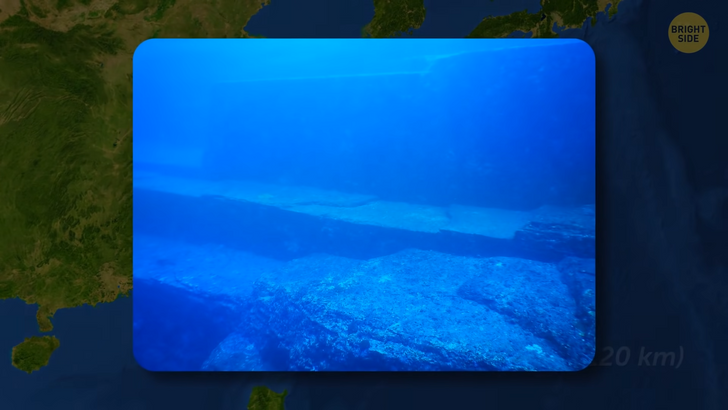
There are also reports of marks in the stone, suggesting quarry work. Some people even claimed that there were faded images of humans and animals carved into the stone. None of this is backed with much evidence though. Most experts believe that the formation is natural, and the symmetry of the rocks has been overstated. They are not as straight as reported, and it appears to be solid, natural rock, rather than carved blocks. In other words, the resemblance to a sunken civilization is just a coincidence.
In Turkey, Archaeologists believed they might’ve found the oldest known architecture in the world! Over 10,000 years old, according to experts. Found in an area that used to be home to ancient farming communities, these monoliths — which stood up to 18 feet (5.5 m) high — were likely used for social events and rituals. Not much is known about them though.
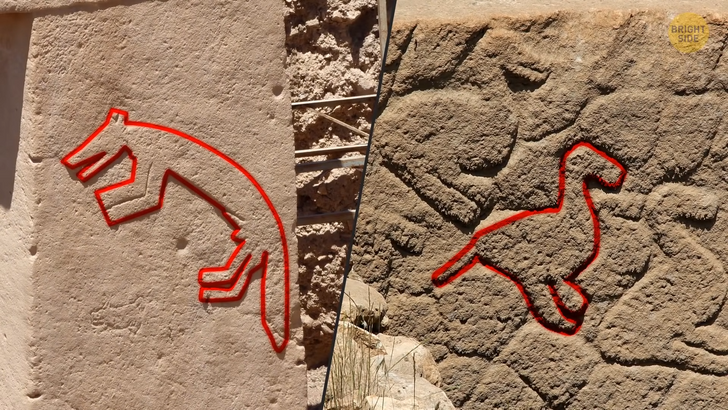
These large stone structures seem to be human-shaped, with images of animals carved into them. Nearby, researchers have found signs of domestic housing, suggesting that these amazing monuments might have signaled the start of the move toward modern civilization.
The Quimbaya artifacts are some of the most interesting artifacts ever found! The most curious thing about them is how closely they seem to resemble modern airplanes! They’re so aerodynamic that modern scientists believed that they might even be able to be used as blueprints for a functioning aircraft.
In 1994, two aeronautical engineers created larger-scale models of these artifacts. They proved that the designs fly, with a little help from modern engines. What’s really astonishing is that these objects are possibly thousands of years older than the first airplane by the Wright brothers! Just another one of our world’s fascinating mysteries.











